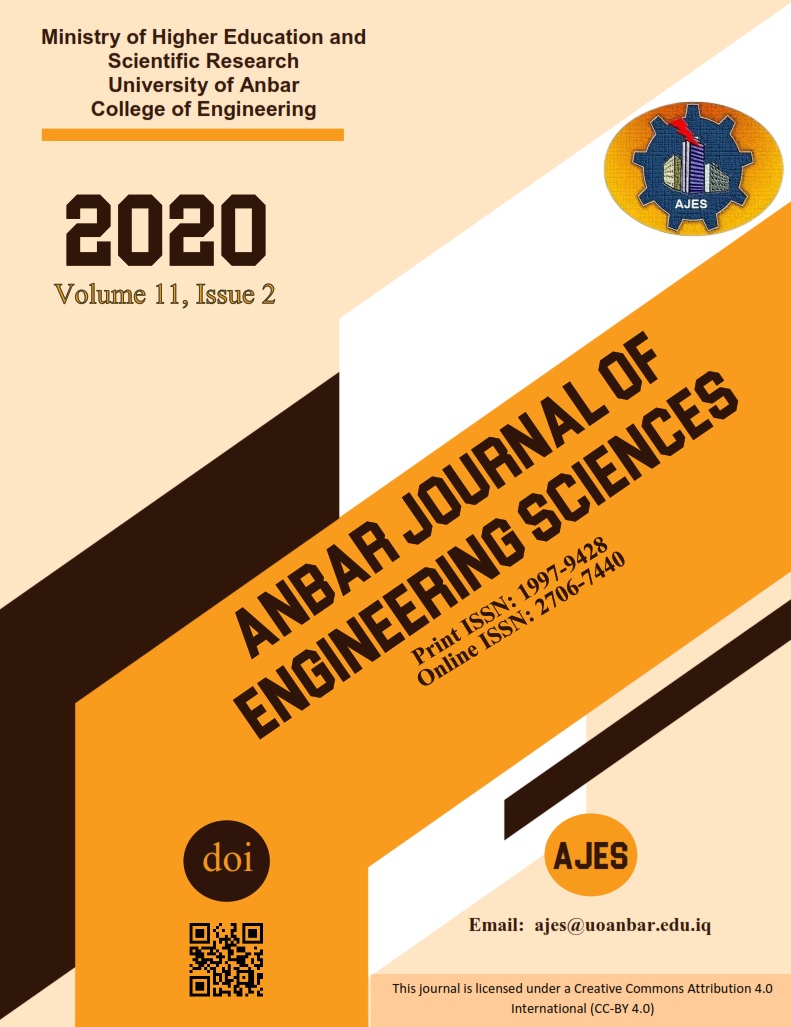Abstract
A steam boiler is a metal vessel in which a particular liquid is heated to steam. Steam is used in the production of energy in several areas as most boilers convert water to steam used in heating buildings and others. Steam boilers are exposed to corrosion and sediment as a result of salts dissolved in water, which may lead to increased temperature inside the boiler and thus the boiler explosion. The research included finding a suitable way to solve the problem of sedi-ment and corrosion by adding suitable chemicals to get rid of the dissolved salts inside the water and maintain steam boiler. To control this problem, the control system is designed to control the amount of salts in the water in the steam boiler using PLC.
